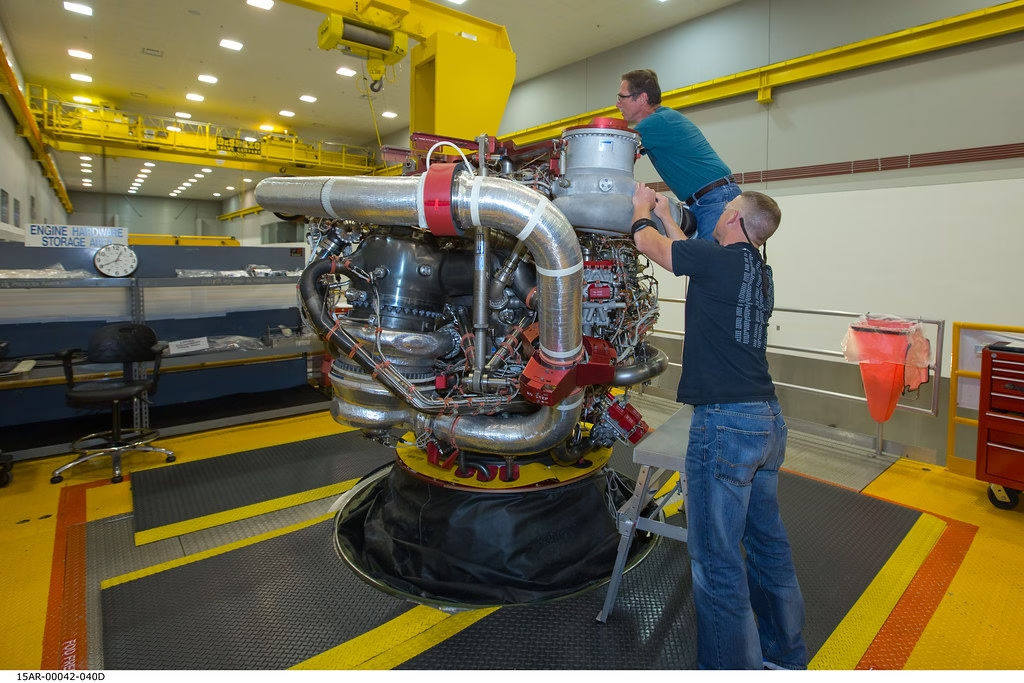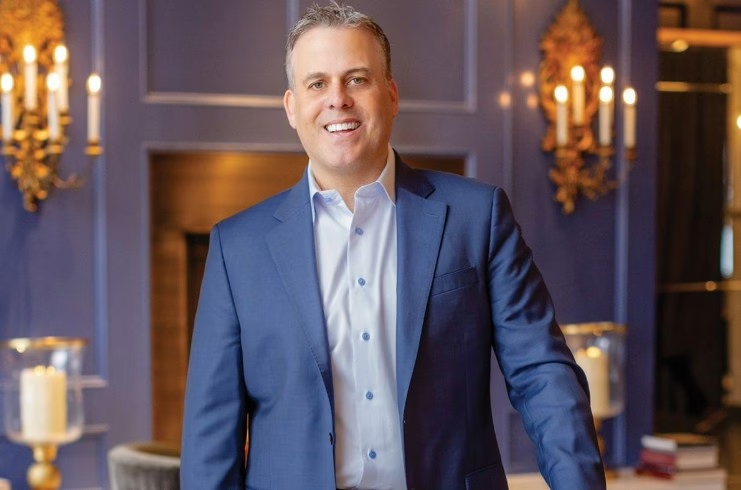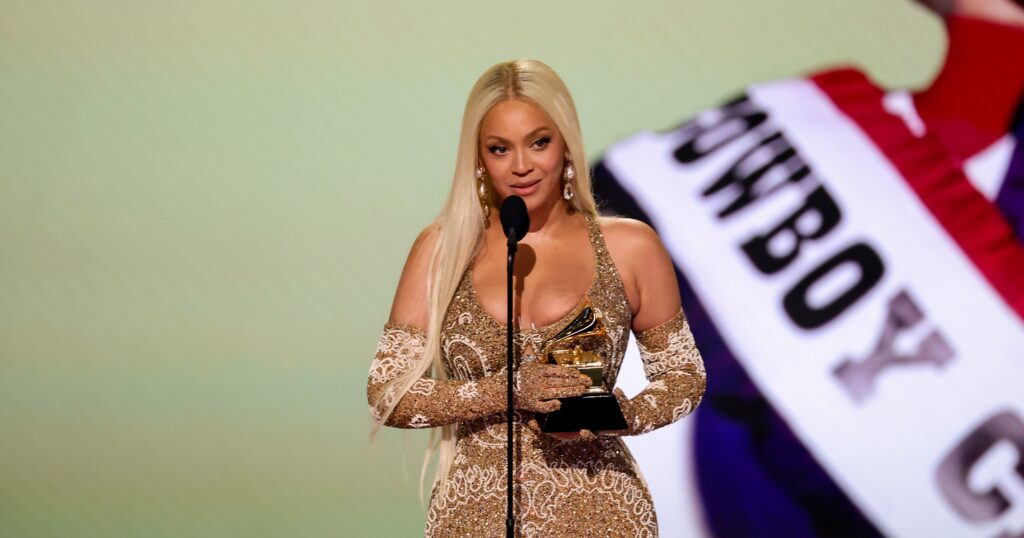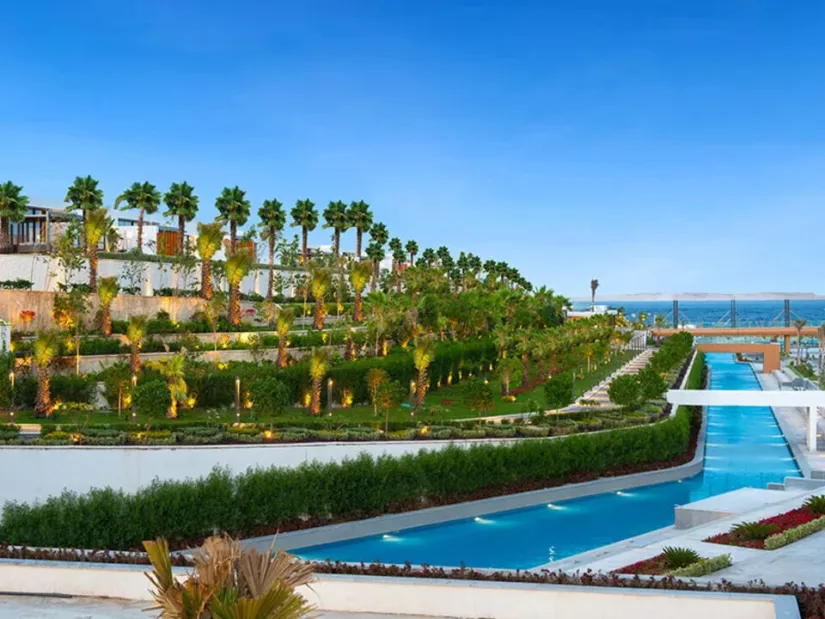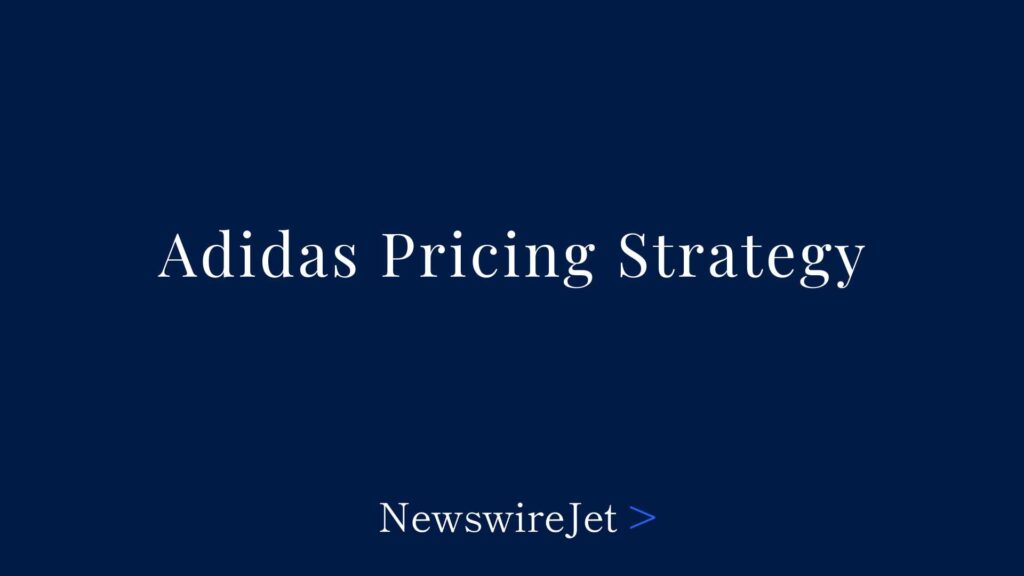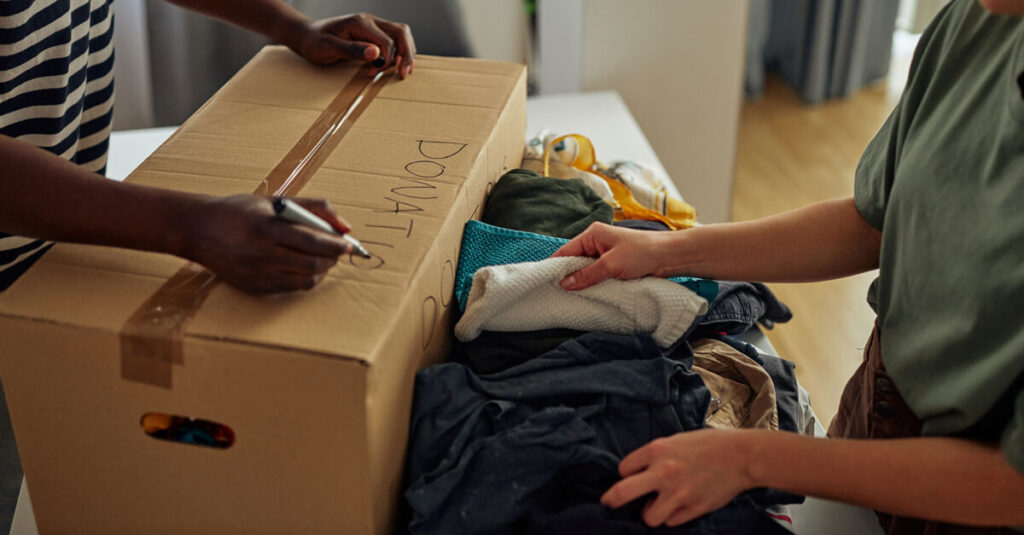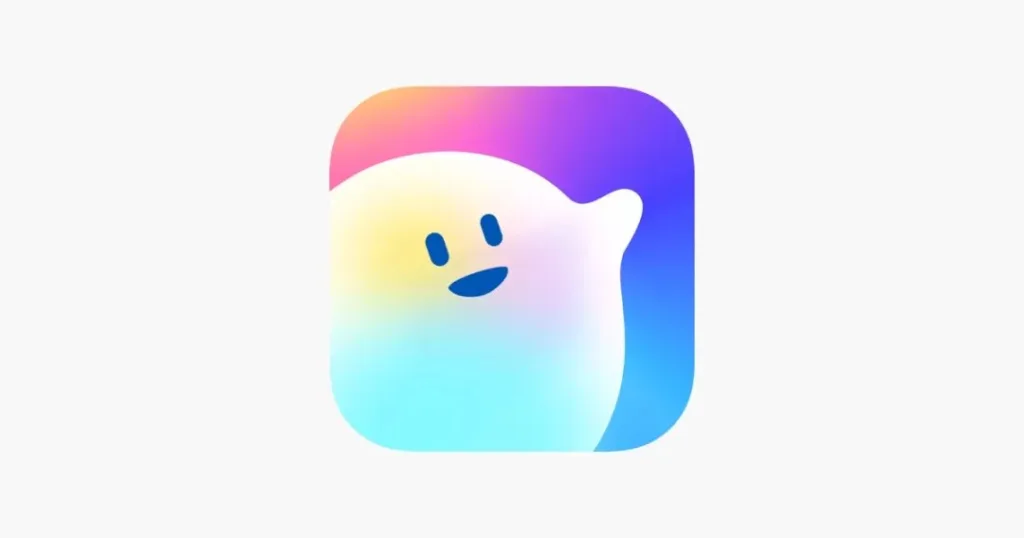2024 beverage trends in South East Asia: Hydration leads non-alcoholic innovation
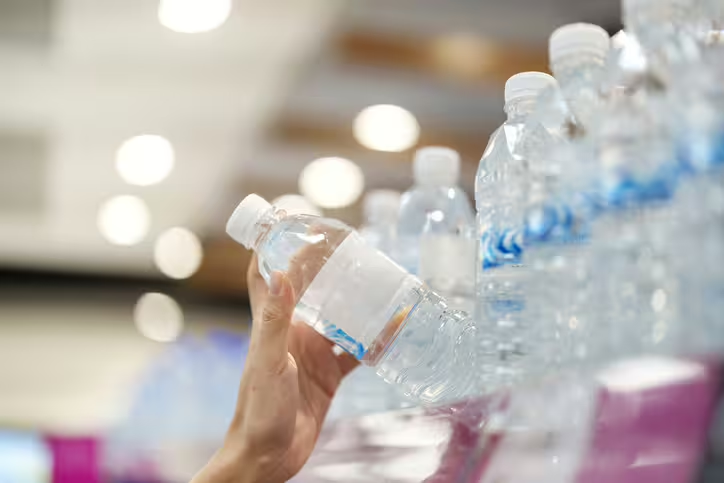
Lifestyle
The demand for enhanced hydration is driven by taste, health benefits, and the need to cope with extreme weather.
“The hydration trend stems from hot weather, air pollution fears, and a desire to improve skin health. Western influences, like the belief that energy drinks provide better hydration than water, also play a role,” said Tan Heng Hong, senior food & drink analyst at Mintel.
Tan spoke at Fi Asia 2024, held at the Jakarta International Expo from 4–6 September, where he shared that 55% of consumers over 18 believe these drinks offer better hydration than water. This is according to Mintel’s Sports and Energy Drinks Report for Thailand.
Additionally, a significant portion of Southeast Asians are reluctant to drink water despite its benefits. This shift is reflected in a decline in water product launches, from 6% in 2019 to 4% in 2023. In contrast, nutritional drinks saw the largest growth, from 12% to 17%. Juice drinks declined from 23% to 13%, while carbonated drinks rose from 6% to 9%.
The rise in carbonated drink demand is attributed to their refreshing taste, appealing in hot weather, while juice drinks may have fallen due to higher sugar content.
These shifts signal opportunities for brands to meet overlapping consumer needs, from health and appearance to indulgence.
Taking hydration to the next level
Consumers are also turning to drinks with electrolytes, cooling herbs, and antioxidants to manage extreme weather and air pollution.
Malaysia’s BeNourish offers a botanical mix that claims to protect against air pollutants, while Indonesia’s Panjang Jiwo launched a melon drink believed to manage “heatiness” – a state where excess heat within the body results in “heaty” symptoms like mouth ulcers, a sore throat, or cough with sticky phlegm.
Other trending ingredients include mung bean, which is popular in China; and coconut water, which has already been incorporated in various beverages like coffee, tea, and smoothies.
Also, to encourage water intake, brands are creating flavoured mixers that can be added to plain water. This is often paired with the promotion of refillable water bottles, which can appeal to both kids and adults.
One such flavoured mix is Thailand’s Equal Glow Peach FlavourBeaute+ instant drink, which is sweetened with stevia and pomegranate extract.
Hydrating drinks are also incorporating functional benefits like probiotics, fibre, and protein. Examples include Singapore’s Mate Mate watermelon and cucumber energy drink and Vietnam’s Orgalife Leisure Lyte, both of which boost immunity while hydrating.
Hydration with beauty benefits is also growing in demand. Japan’s Aquarius lemon sports drink contains multivitamins for skin repair, while Thailand’s Sun Bare fizzy drink claims to protect against UVB rays.
“Hydration drinks can deliver multiple health benefits. Beyond sports, the beauty and respiratory health categories are gaining traction,” said Tan.
The right drink for the right occasion
Consumers are looking for drinks that serve specific purposes throughout the day. Those on a weight-loss journey, for example, are drawn to plant-based protein. Mintel’s data shows that 36% of consumers seek plant-based foods to boost protein intake, and 43% believe they help with weight loss.
At other times, they indulge in drinks for late-night snacking or use meal replacements for convenience.
Vietnam’s Orgalife O’gomeal herbal-flavoured meal replacement and Thailand’s Plantaé plant protein drink cater to both weight management and post-workout recovery.
For indulgence, rich chocolate or coffee drinks are popular afternoon pick-me-ups.
Additionally, non-alcoholic drinks are on the rise as a healthier late-night snack alternative.
In South Korea, for instance, there is a trend of pairing Sprite and citrus flavoured ice cubes with a meal or a snack. Vietnam’s Thums Up is also targeting the afterhours gaming crowd with its kiwi flavoured energy drink.
“At the end of the day, consumers will choose drinks that match their lifestyle needs,” said Tan.
And there are a few ways to recruit consumers to a brand, according to Tan.
Building a relationship with consumers
Brands can also recruit consumers by leveraging nostalgia, heritage, and tradition, trends growing across all categories.
Indonesia’s Teh Botol, for example, weaves cultural identity into its marketing, while South Korea’s Labnosh Injeolmi-flavoured slim shake taps into the traditional rice cake.
Brands can also align with popular culture, such as Nissin’s limited-edition curry and seafood-flavoured soda.
The rising sobriety trend has led to more mocktail-inspired beverages. Mintel’s data shows 25-30% of consumers are interested in DIY beverage kits like homemade soda, and 34% enjoy mixing flavours across beverages, pushing the boundaries of traditional drinks.
Concluding his talk, Tan highlighted that beyond health benefits, brands can win over consumers by offering sophisticated, non-alcoholic options for mindful drinkers.
Discover more from Tamfis Nigeria Lmited
Subscribe to get the latest posts sent to your email.



 Hot Deals
Hot Deals Shopfinish
Shopfinish Shop
Shop Appliances
Appliances Babies & Kids
Babies & Kids Best Selling
Best Selling Books
Books Consumer Electronics
Consumer Electronics Furniture
Furniture Home & Kitchen
Home & Kitchen Jewelry
Jewelry Luxury & Beauty
Luxury & Beauty Shoes
Shoes Training & Certifications
Training & Certifications Wears & Clothings
Wears & Clothings






